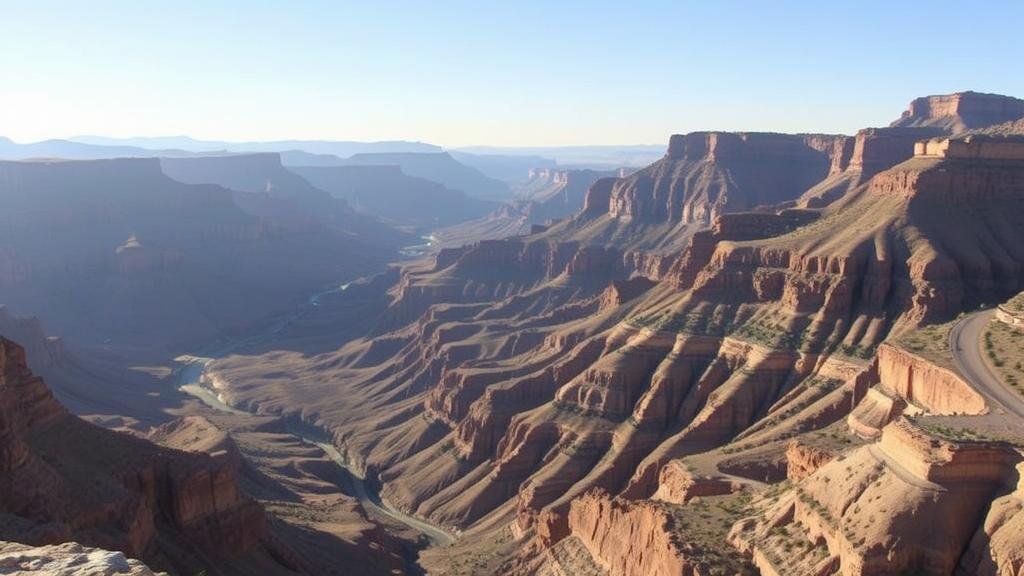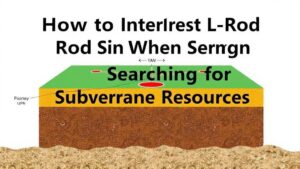How Nevada’s Reese River Valley Yielded Vast Silver Deposits
How Nevada’s Reese River Valley Yielded Vast Silver Deposits
The Reese River Valley, located in the western United States, specifically within the boundaries of Nevada, is renowned for its significant silver discoveries that played a pivotal role in both local and national economic development during the 19th century. Understanding how this valley became a hotspot for silver mining requires an exploration of its geological characteristics, historical context, and the pivotal events that unfolded, leading to profound economic implications.
Geological Significance of the Reese River Valley
The Reese River Valley is part of the larger Basin and Range Province, a region characterized by a series of mountain ranges and valleys. This geological setting is integral to the processes that led to the formation of silver deposits. valley is primarily composed of sedimentary rocks, which, over millions of years, have undergone metamorphism and tectonic uplift.
In particular, the presence of hydrothermal alteration systems due to tectonic activity created favorable conditions for the deposition of silver ores, particularly in localized veins. The combination of volcanic and sedimentary processes contributed to the concentration of silver, making the valley an attractive prospect for miners. According to the Nevada Bureau of Mines and Geology, the mineralization in this region is largely associated with the late Tertiary volcanic eruptions, leading to prolific ore deposits.
The Historical Context: The Silver Rush
The 1850s and 1860s marked a period of extensive exploration and exploitation in the Reese River Valley. Following the discovery of silver in nearby regions, including Virginia City, a silver rush commenced, drawing thousands of prospectors to the area. In 1863, major silver strikes in the valley spurred further interest, leading to the establishment of several mining camps and towns.
- Mineral discoveries: The discovery of the Great Bonanza at the Comstock Lode significantly influenced mining activities in the region.
- Population boom: Towns such as Austin and Eureka developed rapidly as prospectors and their families moved to the area seeking wealth.
During this era, it is estimated that silver production skyrocketed, with Nevada producing nearly $300 million worth of silver between 1860 and 1880, according to the U.S. Geological Survey. Such figures highlight the economic significance of the regions silver findings.
Mining Techniques and Technological Advances
Exploring the mining techniques employed during the silver rush reveals a transformation shaped by innovation and necessity. Initially, miners relied on rudimentary tools, such as picks and shovels. But, as the silver deposits became more challenging to extract, advancements in mining technology were implemented.
- Stamp mills: These machines significantly increased ore processing efficiency by crushing rock and separating valuable metals.
- Cyanidation process: Introduced later, this chemical process further improved recovery rates for silver and is still used in modern mining.
Case studies of mines, such as the Eureka Mine and the Austin Mine, showcase the use of these technologies, which directly contributed to Nevadas reputation as a leading silver producer on a national scale.
Economic Impact on the Region
The economic ramifications of the silver boom in the Reese River Valley extended well beyond immediate benefits to miners. influx of capital led to the development of vital infrastructure, including railroads and telegraph lines, facilitating easier transport of materials and communication.
Population growth resulted in the establishment of schools, churches, and communities, which fostered a sense of local identity and culture. Also, the mining industry created numerous ancillary jobs, ranging from equipment suppliers to merchants, leading to a burgeoning local economy.
Challenges and Declines in Silver Production
- Market fluctuations: The price of silver saw substantial volatility, particularly as gold gained preference in national monetary policies.
- Depletion of resources: As easy-to-extract silver dwindled, mining operations became less profitable.
- Competing discoveries: New silver finds in other states diverted investment away from Nevada.
By the turn of the century, much of the mining activity had diminished, leading to the gradual abandonment of once-thriving towns and a shift in focus toward different industries.
Modern Perspectives and Environmental Concerns
Today, mining continues in some areas of the Reese River Valley, but the landscape is markedly different. Modern operations are now conducted with an increased awareness of environmental responsibility and sustainable practices. Technologies are in place to monitor and minimize environmental impacts, a necessary evolution prompted by the legacy of earlier mining practices.
Plus, the historical significance of silver mining is celebrated through heritage sites and museums, attracting tourism and educational interest. As communities reflect on their mining legacies, discussions about sustainable approaches remain at the forefront of mining conversations in Nevada.
Conclusion: Legacy of the Reese River Valley
The Reese River Valley’s rich silver deposits not only catalyzed a historical mining rush but also forged a lasting economic and cultural legacy for Nevada. interplay between geology, human innovation, and economic development illustrates a compelling narrative of opportunity and challenge. Understanding this story is essential for appreciating the intricate relationship between resource extraction and community development.
As we look to the future, balancing economic interests with environmental stewardship will be crucial in ensuring that the lessons learned from the past inform sustainable mining practices moving forward.



